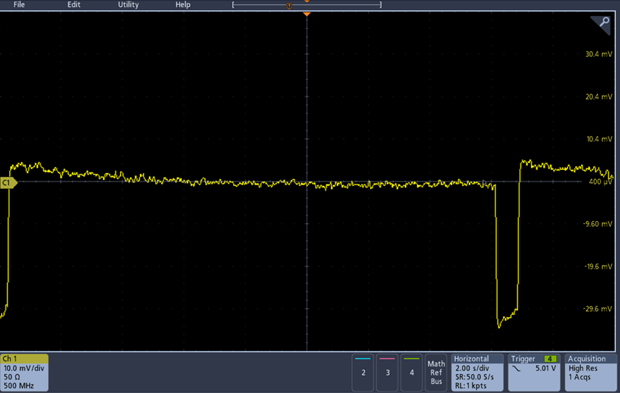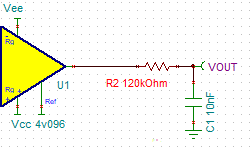Tool/software:
Hi, Staff
The differential signal is detected using INA126.
Approximately 0.9V is input to Vin+=Vin-.
Gain=23
After power is turned on, the same stable DC voltage is input to the ± differential inputs, but noise occurs at the output.
Also, the noise width increases over time.
To date, we have used over 10,000 units, but this is the first time we have encountered a noise problem.
What causes noise in the device output?
Could this noise be popcorn noise?
If it is popcorn noise, is there a way for TI to sort it out?
regards
cafain



